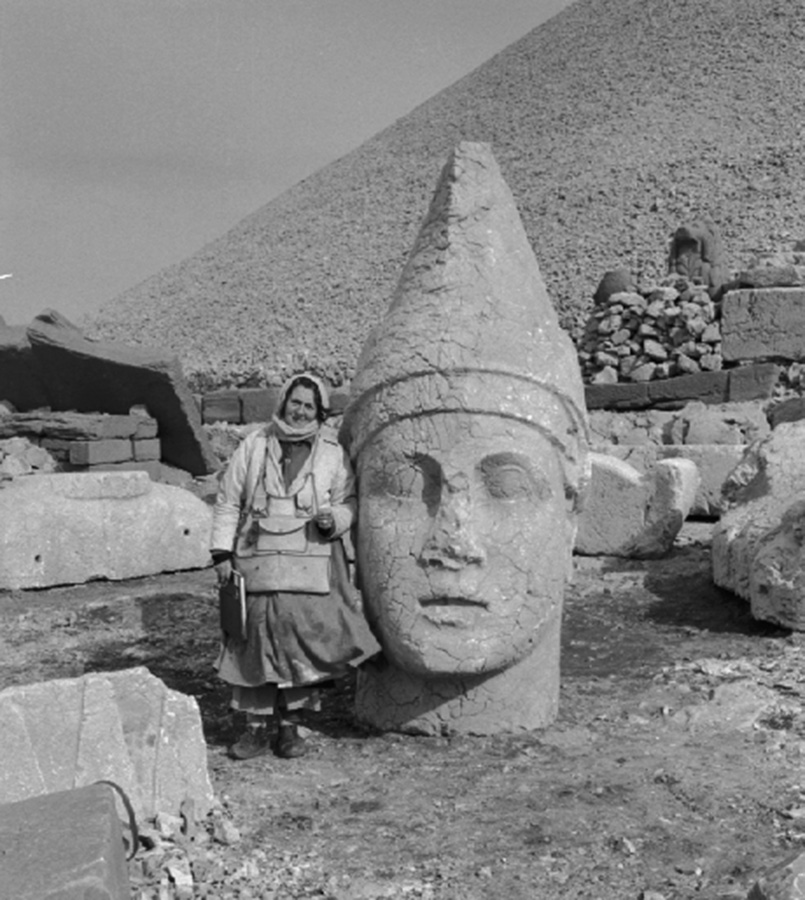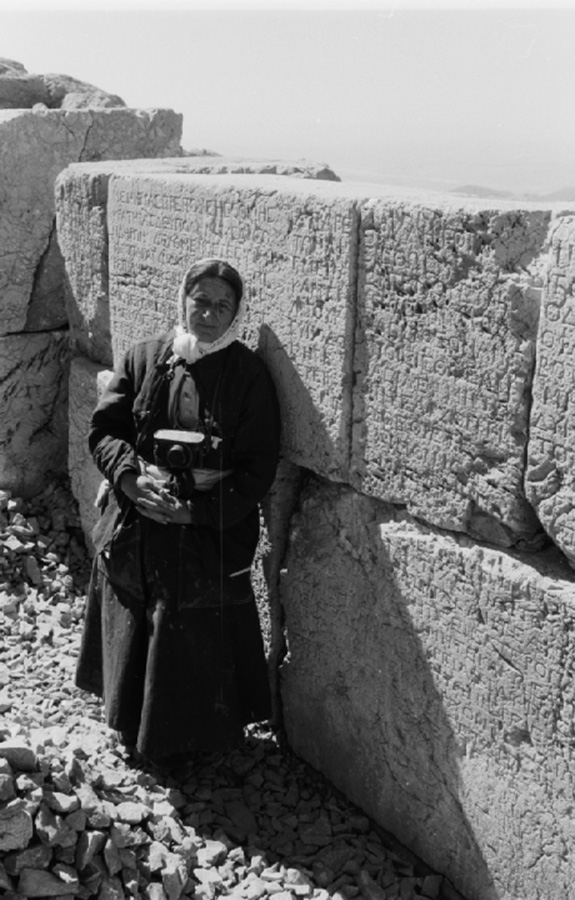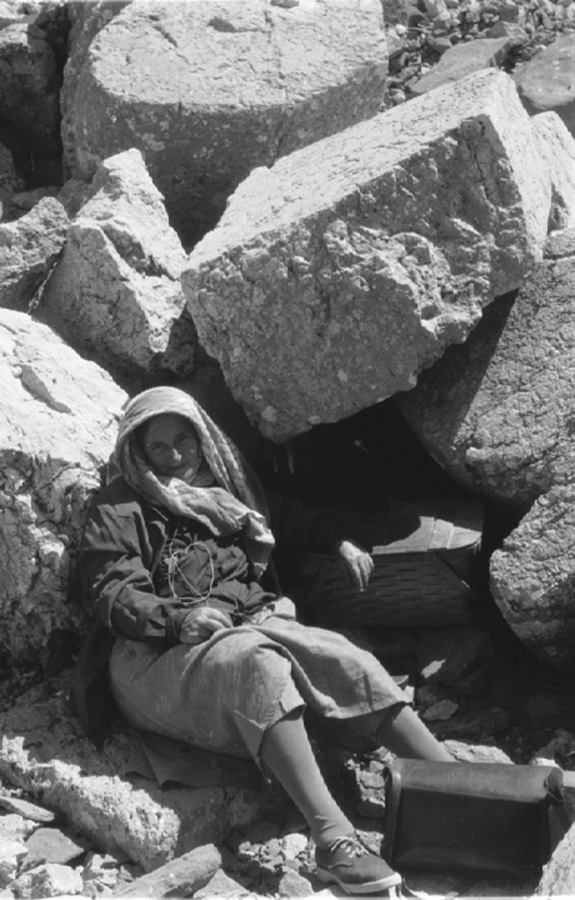
Dr. Donald H. Sanders is an architect, architectural historian, and archaeologist. He helped pioneer the discipline of virtual heritage in the early 1990s and continues to innovate in the field. He founded Learning Sites Inc., in 1996, and the Institute for the Visualization of History Inc., in 2001, to actualize these innovations.
Dr. Sanders shares with us why you should know archaeologist Theresa B. Goell, a female Jewish archaeologist and architect who overcame personal obstacles to investigate and open ancient Commagene to the world.
What got you intrigued about Theresa B. Goell?
I became very engaged with her work and her family when I was called to collect, write up, and publish her innovative work excavating Nemrud Daği, Turkey. I got to know her briefly and then learn all about the many obstacles that she overcame – a divorced, Jewish woman working along male Muslims, her loss of hearing, becoming temporarily paralyzed – in order to succeed in investigating a little-known and distant Hellenistic sanctuary. She had many remarkable achievements, each of which would have been enough to guarantee her status as a true pioneer. And the site that ensured her reputation is such a unique monument, that the two presented a most intriguing and compelling combination.
Please share one anecdote that you see as representative of Goell and her work.
After a dispute between the Turkish official overseeing the dig and one of the Kurdish work crew that could’ve potentially turned violent, Goell shrewdly navigated the cultural sensibilities of both and came up with a savvy solution. To resolve the dispute, she claimed the weather forecast of wind and rain meant the dig would have to end earlier than expected, thus sending the Turkish official away. Once the Turkish official had gone, she returned to the Kurdish work crew and announced the weather forecast had improved and so the dig could continue. Her deft handling of the dispute avoided a culture clash, while ensuring the successful continuation of the dig.
What do you see as Goell’s chief achievements?
Before Goell worked at Nemrud Daği, there were no roads, no water, and no place for travelers to rest— now there are paved roads leading to both terraces, there are hotels and inns, and not only water, but a fully functional tea house. Additionally, before her work there, very few people had heard of the sanctuary or the king who designed it— now it is a major tourist destination for visitors from all over the world and a UNESCO World Heritage Site. Before Theresa Goell’s extraordinary efforts and insight, Nemrud Daği was seen as too Oriental for Classical archaeologists to acknowledge and too Classical for Near Eastern scholars to bother about. Miss Goell recognized that it is precisely this blending of Eastern and Western traditions that made the site and its builders worthy of further investigations. It is due to her focused determination that Nemrud Daği, King Antiochus, and the kingdom of Commagene are once again recognized for the key roles they played in the history of Anatolia.
Finally, explain in 50 words (or so) why Theresa B. Goell is an archaeologist the public should know more about.
Theresa Goell was truly a pioneering archaeologist. She was one of the first to use new geophysical techniques at a site. She persevered in a field that was predominantly male; she became one of the Western women to penetrate into the mountainous regions of the Kurdish territories of southeastern Turkey and then lead a large international excavation team that included local Kurds and Turks working together. She became nurse, guardian, and benefactor to the people in the villages around the site. She did all this while being nearly totally deaf (but still learning to speak Kurdish and Turkish), with little backing from the archaeological community, and at a time when traveling with 1000s of pounds of equipment and supplies was more than daunting, when communication from the site took eons, and camp uprisings were not uncommon. Overcoming all this, she succeeded in teaching the world about a previously obscure and misunderstood period of history.

